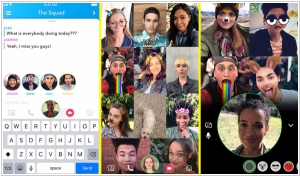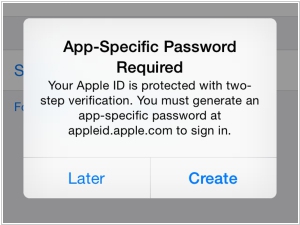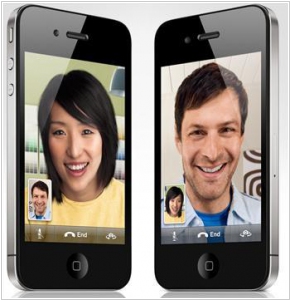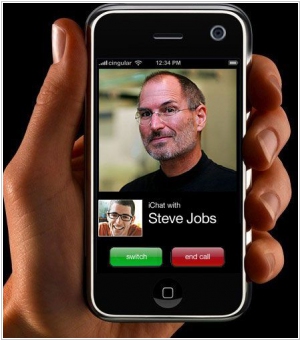Facetime vs Snapchat
May 25, 2023 | Author: Adam Levine
FaceTime and Snapchat are both popular communication platforms, but they serve different purposes and have distinct features.
FaceTime is a video and audio calling service developed by Apple. It is designed for direct communication with friends, family, or colleagues who are using Apple devices. FaceTime provides high-quality video and audio calls and is known for its simplicity and ease of use. It offers a reliable and secure platform for real-time conversations, making it a popular choice for personal and professional communication.
Snapchat, on the other hand, is a multimedia messaging app that focuses on sharing visual content. It allows users to send photos and videos, add filters and effects, and share them with friends or post them to their Stories, which disappear after 24 hours. Snapchat also offers features like Bitmojis, augmented reality lenses, and interactive filters, making it a creative and engaging platform for self-expression and social interactions.
See also: Top 10 Business Messaging platforms
FaceTime is a video and audio calling service developed by Apple. It is designed for direct communication with friends, family, or colleagues who are using Apple devices. FaceTime provides high-quality video and audio calls and is known for its simplicity and ease of use. It offers a reliable and secure platform for real-time conversations, making it a popular choice for personal and professional communication.
Snapchat, on the other hand, is a multimedia messaging app that focuses on sharing visual content. It allows users to send photos and videos, add filters and effects, and share them with friends or post them to their Stories, which disappear after 24 hours. Snapchat also offers features like Bitmojis, augmented reality lenses, and interactive filters, making it a creative and engaging platform for self-expression and social interactions.
See also: Top 10 Business Messaging platforms
Facetime vs Snapchat in our news:
2018. Snapchat introduced group video calls for up to 16 people

Snapchat has introduced an exciting new feature allowing users to engage in group video chats with up to 16 participants. Additionally, the platform now supports group voice calls accommodating up to 32 individuals. Utilizing the feature is straightforward: users can initiate the video chat by tapping on the video icon within a group chat or start a call with a few individuals and extend invitations to others. In addition to the introduction of group video calls, Snap has also implemented @mentions on its platform. Users can now tag each other in their snaps and Stories by simply typing '@' followed by the user's name. Individuals who are mentioned will receive a notification when they are featured in Stories.
2015. iMessage and FaceTime get two-factor authentication

Apple has implemented enhanced security measures for its communication tools, FaceTime and iMessage. These services now offer the option of two-factor authentication, providing an additional layer of protection for users. With this feature enabled, even if someone obtains a user's Apple ID email and password and attempts to activate iMessage or FaceTime on a new device, they will still require a PIN from a trusted device to gain access to these services. Users who have already enabled two-factor authentication for iCloud will automatically have it enabled for FaceTime and iMessage as well. This added security measure strengthens the safeguarding of potentially sensitive images within iMessage history and mitigates the risk of impersonation through online communication channels.
2010. Fring strikes back (at Apple Facetime)
Fring made history as the first video chat application for the iPhone. However, its usefulness was limited due to the absence of a front-facing camera. Apple addressed this by introducing its own video chat program, Facetime, which supported two-way video calls and quickly replaced Fring. But now, Fring is making a comeback. The startup has recently launched a new iPhone app that also supports two-way video calls. What sets it apart from Facetime are two significant advantages. Firstly, Fring works over 3G, whereas Facetime only functions over Wi-Fi. Secondly, Fring allows iPhone users to communicate with individuals who own Android and Nokia S40 smartphones running Fring, whereas Facetime only supports video calls between iPhones. However, Facetime offers its own advantages, such as simplicity and native integration with the iPhone. With Facetime, initiating a video call doesn't require launching a third-party program, and it offers higher video quality.
2010. It's official: Mobile Video Calls is the next big thing: Skype vs Facetime

A couple of weeks ago we suggested that Google is going to shift the video communications market (and win Skype), betting on mobile video calls. Today we can accurately say that very soon mobile video chat will become a huge market and the IT giants will fight for it. It's enough to watch the Facetime (iPhone 4 video chat) presentation to understand this. Since June 24 Apple will start selling iPhone 4 with the front camera and video over Wi-Fi in US, and it's obvious that to the and of this year millions of users will make video calls via the iPhone, and Apple will become the world's largest mobile video chat provider. But it will be only the short term win. Then Skype, Google and other players will join the fight. ***





